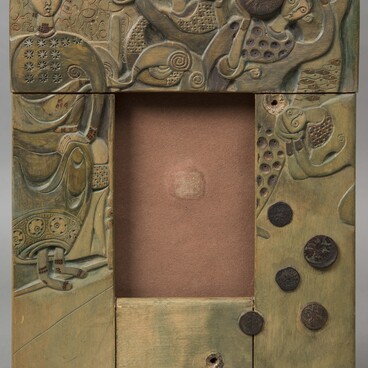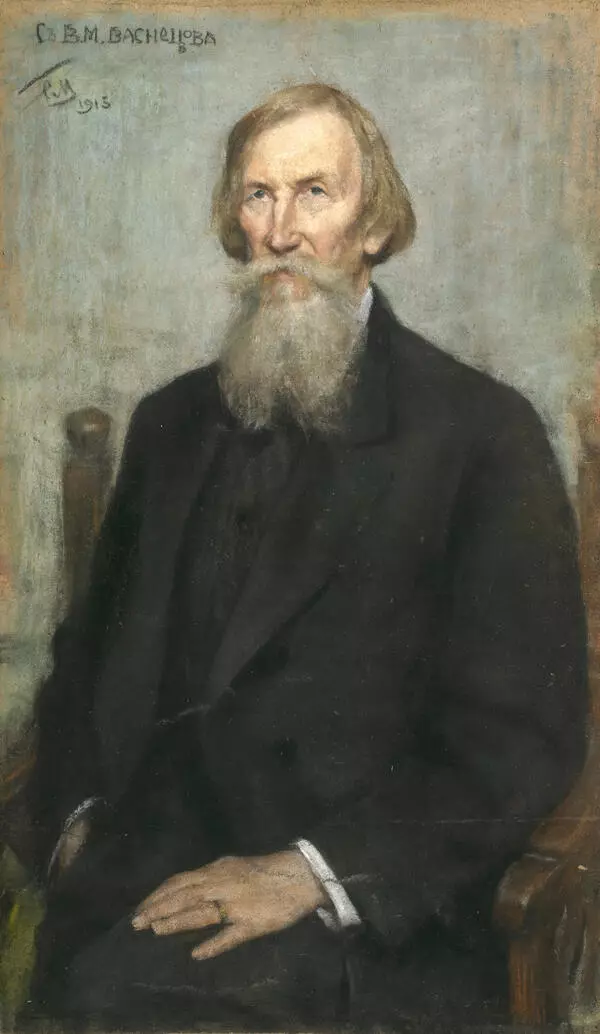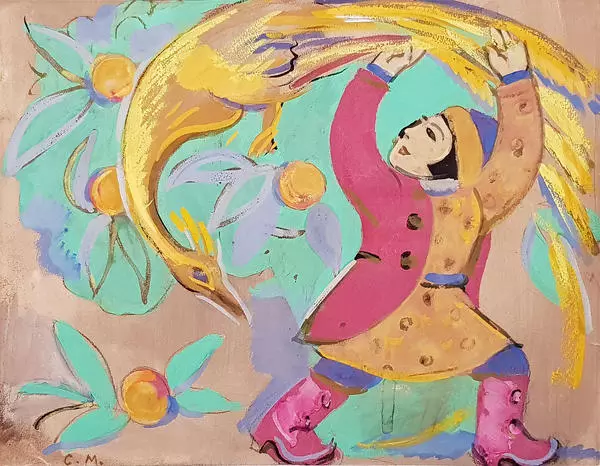At the beginning of the 20th century, the Crafts Museum in Moscow became the main creative and organizing center that contributed to the preservation of national traditions and promoted fashion for the Russian style in the domestic and world art markets.
Back in the 1890s, under the leadership of the Crafts Museum in Sergiev Posad, an Educational Toy and Artistic Carpentry Workshop were opened. The location of the workshops in the ancient center of Russian culture reflected in the formation of the artistic and pedagogical concept, the principles of creative cooperation between professional artists and folk craftsmen. In 1910, a special division of the museum was created — the Museum of Samples. This museum was a collection of traditional peasant art and works of authorship by museum artists. A creative group of artists was supposed to develop projects for new products in the Russian style based on the existing samples. From that moment on, a new stage in the development of the museum began, because of which its own production appeared. The museum began to actively sell art products and popularize the Russian style.
Artists of the Crafts Museum used the creative experience and artistic methods of both the Abramtsevo and Talashkino workshops in their oeuvre. Almost all the artisans who carried out the museum orders were students of the Abramtsevo carving school, and some moved to Sergiev Posad from Talashkino after the workshops were closed there. Therefore, the products made on the museum orders were distinguished by an extraordinary variety of both creative artistic solutions and technological methods.
The exposition displays items from three different dining sets, made according to the projects of Sergei Malyutin, the artist under whose leadership the Talashkino workshops were founded. In the decorative design of these ensembles, ideas and whole ornamental compositions were used, first developed by the artist back in Talashkino. In contrast to the ‘Talashkino’ period of the artist’s work, which was characterized by excessive decorativeness, the sets of the 1910s had more functional designs, simple, “architectural” forms with relief-carved decor. Variations on “Malyutin” themes were created by many young and less famous artists.
Back in the 1890s, under the leadership of the Crafts Museum in Sergiev Posad, an Educational Toy and Artistic Carpentry Workshop were opened. The location of the workshops in the ancient center of Russian culture reflected in the formation of the artistic and pedagogical concept, the principles of creative cooperation between professional artists and folk craftsmen. In 1910, a special division of the museum was created — the Museum of Samples. This museum was a collection of traditional peasant art and works of authorship by museum artists. A creative group of artists was supposed to develop projects for new products in the Russian style based on the existing samples. From that moment on, a new stage in the development of the museum began, because of which its own production appeared. The museum began to actively sell art products and popularize the Russian style.
Artists of the Crafts Museum used the creative experience and artistic methods of both the Abramtsevo and Talashkino workshops in their oeuvre. Almost all the artisans who carried out the museum orders were students of the Abramtsevo carving school, and some moved to Sergiev Posad from Talashkino after the workshops were closed there. Therefore, the products made on the museum orders were distinguished by an extraordinary variety of both creative artistic solutions and technological methods.
The exposition displays items from three different dining sets, made according to the projects of Sergei Malyutin, the artist under whose leadership the Talashkino workshops were founded. In the decorative design of these ensembles, ideas and whole ornamental compositions were used, first developed by the artist back in Talashkino. In contrast to the ‘Talashkino’ period of the artist’s work, which was characterized by excessive decorativeness, the sets of the 1910s had more functional designs, simple, “architectural” forms with relief-carved decor. Variations on “Malyutin” themes were created by many young and less famous artists.







